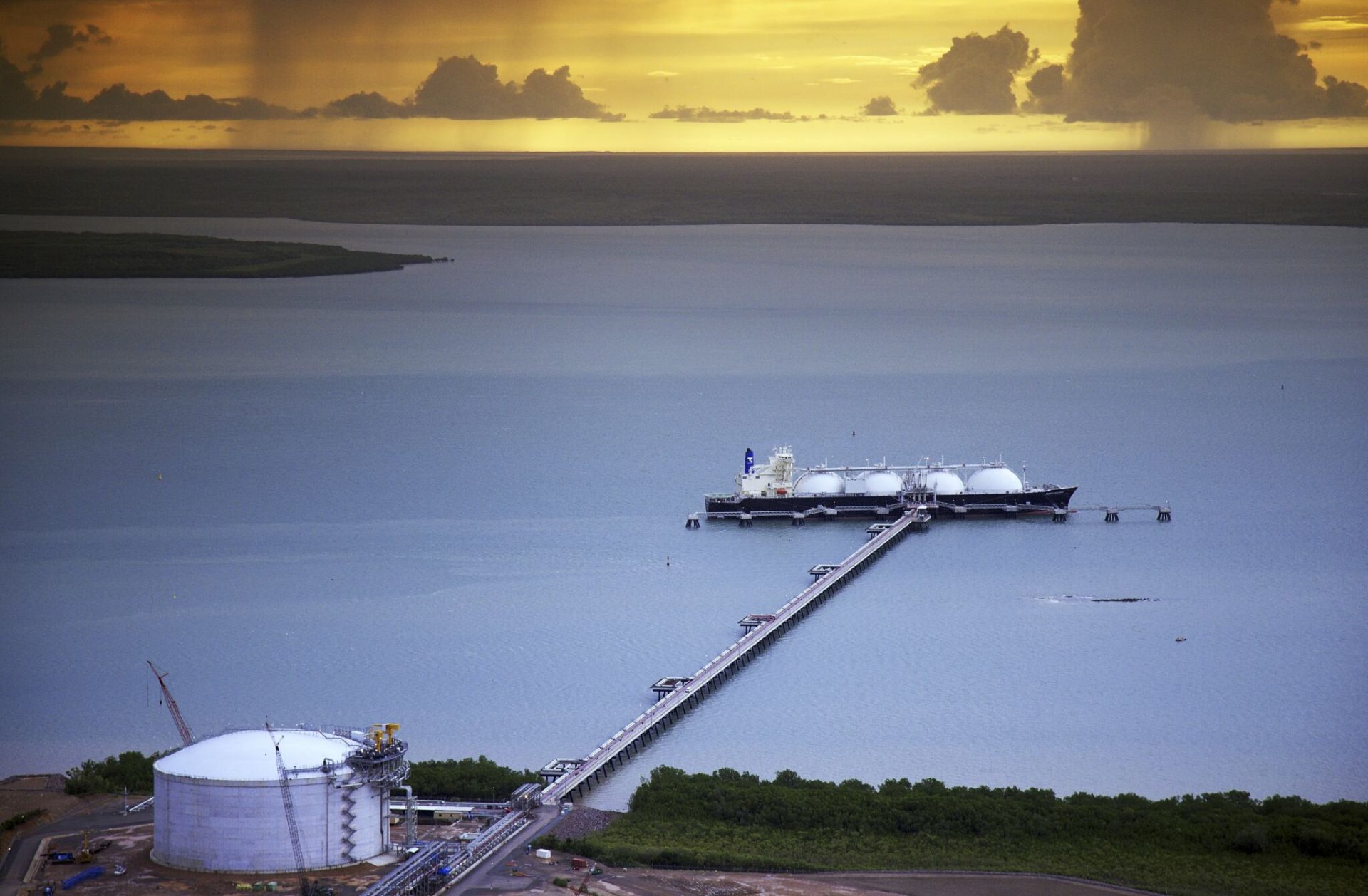This story requires a subscription
This includes a single user license.
Santos revealed this in its third-quarter report on Thursday.
The project was almost 80 percent complete as of the end of June.
In 2021, Santos took a final investment decision for its $3.6 billion Barossa project.
Natural gas will be extracted from the Barossa field, located in Commonwealth waters about 285 kilometers offshore north-north west from Darwin, and transported via a pipeline to the existing Darwin LNG facility.
In November last year, the last LNG cargo produced from the Bayu-Undan gas field has sailed from the Santos-operated Darwin LNG plant in Australia’s Northern Territory.
The final LNG shipment from Bayu-Undan left the 3.7 mtpa Darwin LNG plant at Wickham Point on November 11.
The Darwin LNG plant launched operations in 2006 and the facility is now being readied for the next 20 years, in preparation for the start of Barossa gas production in 2025.
To prepare for Barossa gas, Santos is working on the Darwin LNG life extension project.
Barossa update
Santos said in the quarterly report that the Barossa Gas project has two wells complete with the third and fourth wells under way.
According to the firm, well productivity results are at the higher end of pre-drill expectations.
Moreover, Santos said the gas export pipeline scope is complete and construction activities for the Darwin pipeline duplication and Darwin LNG life extension are 64 percent complete.
The floating production, storage and offtake vessel (FPSO) is now in the pre-commissioning yard in Singapore in preparation for sail away in the first quarter of 2025.
Santos said final regulatory approvals are also “on track.”
“The 75 percent cost and schedule review has been completed and the project remains on track for production in Q3 2025 as per previous guidance and in line with existing capex guidance,” Santos said.
PNG LNG cargoes
During the third quarter, the ExxonMobil-operated PNG LNG project in Papua New Guinea shipped 25 cargoes of LNG, down by 3 LNG cargoes compared to the same quarter last year and down by two cargoes compared to the previous quarter, according to Santos.
PNG LNG produced about 1.93 million tonnes in the third quarter. This compares to 2.11 million tonnes in the third quarter last year and 2 million tonnes in the prior quarter.
Santos currently has a 42.5 percent stake in the LNG export plant in Caution Bay following the Oil Search merger, and it earlier this year agreed to amend the terms of sale of its 2.6 percent stake in the LNG project to Papua New Guinea’s national oil and gas company Kumul Petroleum.
ExxonMobil holds a 33.2 percent operating interest in PNG LNG which is able to produce more than 8.3 million tonnes of LNG annually, an increase of 20 percent from the original design specification of 6.9 mtpa.
GLNG
As per the Santos-operated Gladstone LNG export plant on Curtis Island near Gladstone, the facility shipped 21 LNG cargoes during the third quarter, down by one cargo compared to the same quarter in 2023 and the prior quarter.
Santos said GLNG midstream operations executed planned maintenance shutdown of Train 1.
The work was performed in parallel with turbine changeouts and other project works.
The 7.8 mtpa facility produced 1.30 million tonnes of LNG during the quarter, down from 1.37 million tonnes in the same quarter last year and from 1.33 million tonnes in the prior quarter, according to Santos.
Santos said LNG production was similar to the previous quarter due to seasonal shaping of the project’s domestic gas commitment, which ensures that the east coast domestic gas market is adequately supplied while maintaining export volumes.
GLNG has committed to swap 18 PJs (gross) of gas into the domestic market over the second and third quarters of 2024 and is “on track” to achieve this.
Over the course of the year, the number of cargoes shipped are seasonally shaped to be higher in the first and fourth quarters and lower in the second and third quarters.
Based on current shipping plans, LNG production is expected to remain around 6 mtpa for the full-year, Santos said.
Sales revenue down
The independent LNG producer said that its July-September sales revenue reached $1.27 billion.
This marks a drop compared to $1.44 billion last year and also compared to $1.31 billion in the prior quarter.
Santos said third-quarter sales revenues were slightly lower than the prior quarter, primarily due to lower crude oil, condensate and LNG volumes, partly offset by higher realized prices for LNG and domestic gas.
The company’s production of 21.6 mmboe was lower than 23.3 mmboe in the same period last year and 22.2 mmboe in the prior quarter.
The Australian LNG player said its average realized LNG price of $12.69 per MMBtu in the third quarter was higher compared to 11.47 per MMBtu in the prior quarter and from 12.02 per MMBtu in the same quarter in 2023.
Average realized LNG prices were higher than the prior quarter, with higher realized prices from oil-linked and JKM sales contracts reflecting lagged Japan Customs-cleared Crude (JCC) prices and the impact of higher spot market prices.
Santos said three-month lagged JCC averaged $87.58/bbl in the third quarter of 2024 compared to $84.19/bbl in the second quarter.

